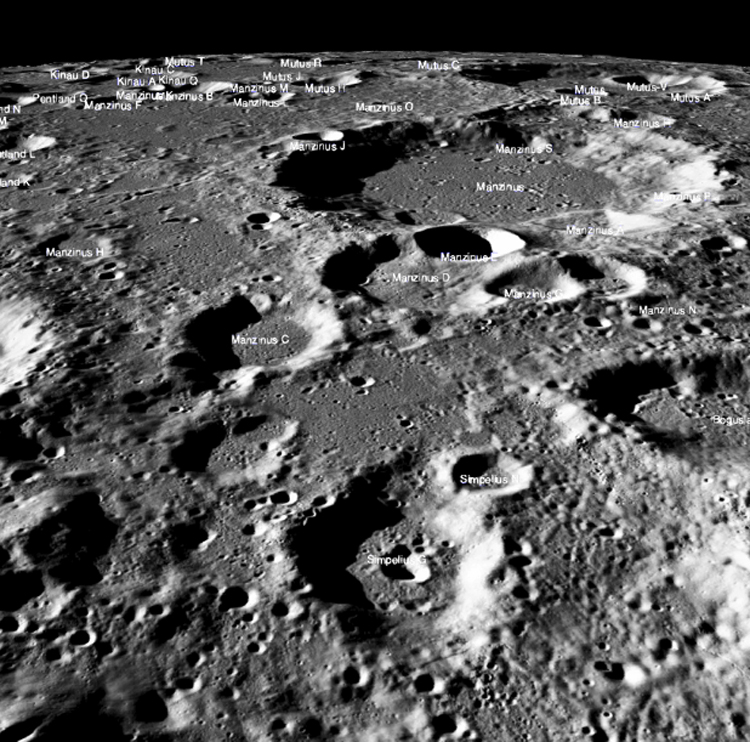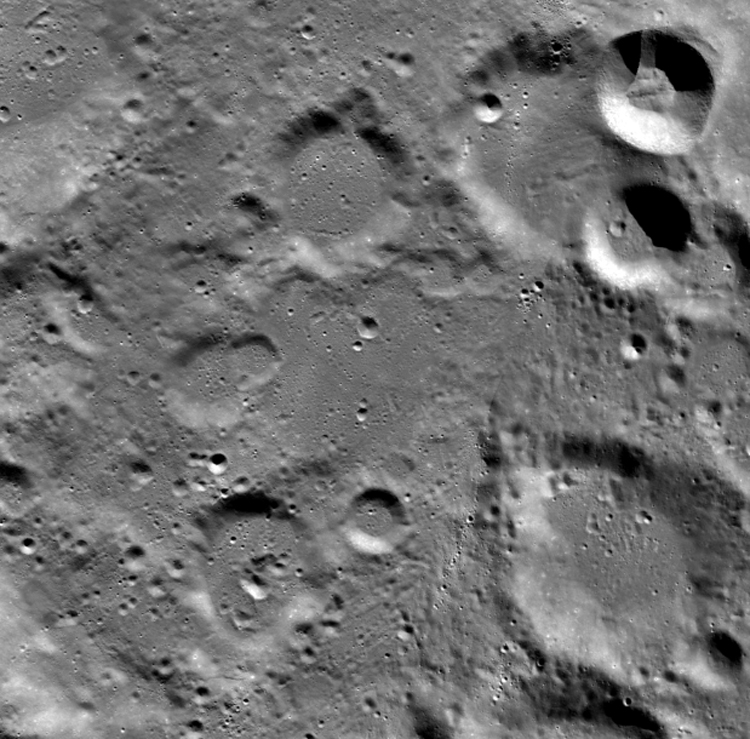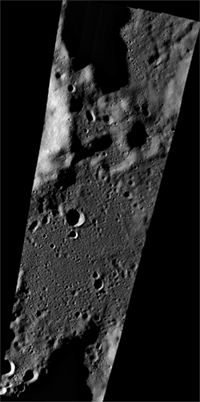- Prime Minister Narendra Modi inaugurates Aero India 2023 in Bengaluru; Releases Commemorative Stamp
- Defence Secretary meets delegations from Saudi Arabia, USA and Oman on the sidelines of Aero India 2023
- Foreign Ministers of 32 countries to attend Aero India 2023
- Embraer showcases the C-390 Millennium at Aero India 2023
Vikram had a hard landing, states NASA
The U.S. space agency revealed the first pictures of the landing site on the lunar surface where India's ambitious moon mission's lander was scheduled to soft-land.

In its attempt to locate Vikram, the lander of Chandrayaan-2 which was India's most ambitious moon mission, the United States (U.S.) space agency, NASA shared the first pictures of Vikram's landing site on Friday through a tweet. The National Aeronautics and Space Administration (NASA) informed that Vikram had a hard landing on the lunar surface.
Our @LRO_NASA mission imaged the targeted landing site of India's Chandrayaan-2 lander, Vikram. The images were taken at dusk, and the team was not able to locate the lander. More images will be taken in October during a flyby in favorable lighting. More: https://t.co/1bMVGRKslp pic.twitter.com/kqTp3GkwuM
— NASA (@NASA) September 26, 2019
However, the precise location of the spacecraft in the lunar highlands is yet to be determined, NASA added. The Chandrayaan-2 lander, Vikram had attempted to land on the surface of the moon in the wee hours of September 7 (September 6 in the United States). After completing all complex maneuvers and velocity variations successfully, Vikram lost connection with the mission control centre just minutes before its planned landing. At that time, Vikram was at a mere 2.1km distance from the lunar surface. Vikram attempted a landing on a small patch of lunar highland smooth plains between Simpelius N and Manzinus C craters, NASA informed.
The Lunar Reconnaissance Orbiter (LRO) passed over the landing site on September 17 and acquired a set of high-resolution images of the area; so far the LROC team has not been able to locate or image the lander.
The picture was captured from a Lunar Reconnaissance Orbiter Camera (LROC) Quickmap fly-around of the targeted landing site image width is about 150 kilometers across the center. The site was located about 600 kilometers (370 miles) from the South Pole in a relatively ancient terrain (70.8°S latitude, 23.5°E longitude). The Lunar Reconnaissance Orbiter (LRO) passed over the landing site on September 17 and acquired a set of high-resolution images of the area; so far the LROC team has not been able to locate or image the lander.
The LRO is a NASA robotic spacecraft currently orbiting the Moon in an eccentric polar mapping orbit. The LRO entered lunar orbit on June 23, 2009 and after completing the respective missions it was designed, the LRO mission has continued to contribute to lunar science and exploration. The instruments onboard the spacecraft return global data, such as day-night temperature maps, a global geodetic grid, high-resolution color imaging, and the moon's UV albedo.

However, while the pictures reveal the site at which Vikram was supposed to land, there are still no clear images of the lander itself. NASA stated that it was dusk when the landing area was imaged and hence with a large shadows covered much of the terrain; it is possible that the Vikram lander is hiding in a shadow. Further, the agency added that the lighting will be favorable when LRO passes over the site in October and attempts to locate and image the lander will be made again.
There has not been any response or additional information regarding the same from the Indian Space Research Organisation (ISRO). With Chandrayaan-2, this event was India's first attempt at a soft landing on the Moon.

India's first lunar mission, Chandrayaan-1 had executed the first search for water on the Moon using radars without having landed on the lunar surface. As of now, only Russia, USA, and China have been successful in achieving soft-landing on the Moon. If Chandrayaan-2's soft-landing was successful, India would have become the fourth country in the list.
Launched on the three-stage GSLV-Mk-III-M1, Chandrayaan-2 carried an Orbiter, a Lander (named Vikram) and a Rover (named Pragyaan). The spacecraft consisted of these three individual modules that were held together as a single spacecraft named Chandrayaan-2 during the launch which took place on July 22, 2019.
NASA stated that it was dusk when the landing area was imaged and hence with large shadows covered much of the terrain; it is possible that the Vikram lander is hiding in a shadow. Further, the agency added that the lighting will be favorable when LRO passes over the site in October and attempts to locate and image the lander will be made again.
After the communication was lost with Vikram on September 7, ISRO was making all efforts to re-establish contact. However, the efforts were to be made before the deadline of a lunar day which completed on September 21. This was so because once the lunar night begins the chances of restarting communications are negligible owing to the extremely cold temperatures and the severe darkness of the lunar South Pole, the region where Vikram was scheduled to soft-land. The lander was designed to function for one lunar day and so was the rover, Pragyaan which was planned to roll out of Vikram after its soft landing and analyze the surface of the moon. Also, the instruments onboard the lander are not devised to endure the extreme cold temperatures that the lunar nights can have and hence the electronics are not likely to function in the absence of solar energy and have the possibility to get damaged permanently.
While this means that the journey of Chandrayaan-2's Vikram and Pragyaan might be over, its Orbiter continues to successfully go around the moon and satisfactorily perform various significant science experiments. The mission life of the Orbiter has also extended to seven years from a planned one year. "The Orbiter shall enrich our understanding of the moon's evolution and mapping of the minerals and water molecules in the Polar Regions, using its eight state-of-the-art scientific instruments," ISRO had earlier stated.





